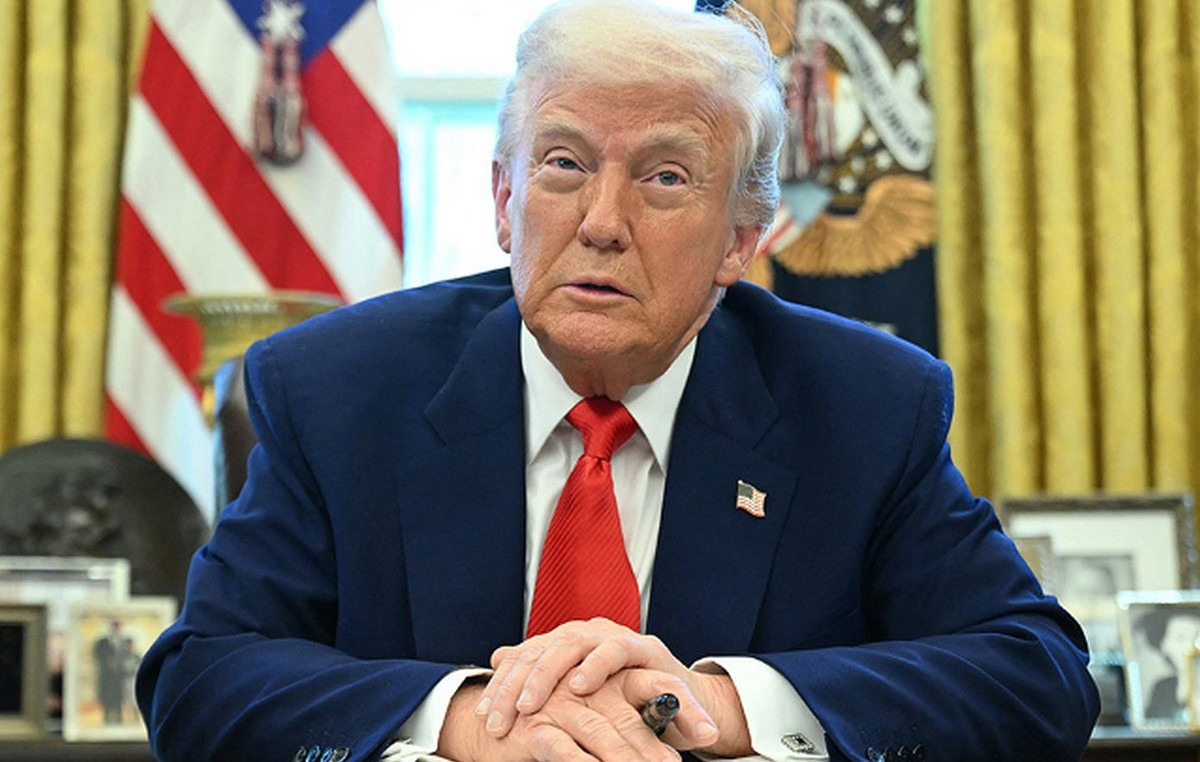- The British Pound turns sideways after finding provisional support near 1.2110, the downtrend remains favorable.
- The British economy is likely to continue to suffer from high inflation and slowing demand.
- High inflation and slowing labor demand could trigger risks of stagflation in the British economy.
The British Pound (GBP) remains lower as investors continue to dump risk assets as market sentiment turns cautious. The GBP/USD pair may remain in suspense as risks of a UK recession have increased due to the vulnerable economic outlook. The UK manufacturing and services PMIs, which measure the health of both sectors, have fallen into contraction territory, while strong demand for labor appears to be fading.
The British economy is losing steam amid uncertainty over the outlook for interest rates ahead of the general election. British Prime Minister Rishi Sunak has promised to halve inflation to around 5.3% by the end of the year, but the pause announced by BoE policymakers signals that the Prime Minister may not keep his word. For more, investors will focus on the latest S&P Global Manufacturing and Services PMI, due out next week.
Daily Market Drivers Summary: Sterling remains weak as risk-off sentiment intensifies
- The British pound is moving cautiously after hitting a new six-month low near 1.2110, as market sentiment remains cautious.
- Investor appetite for risk assets remains weak as rising oil prices and high inflation compound risks of a global slowdown.
- The GBP/USD pair remains under intense pressure as the British economy faces headwinds from a stubborn inflation outlook and deepening recession risks.
- Unlike the US economy, the UK is struggling to cope with the fallout from rising interest rates.
- Surprisingly, the Bank of England paused its aggressive monetary policy, having raised interest rates 14 times in a row.
- The sudden pause in interest rates conveyed that the British economy is going through difficult times. Before the pause, traders expected the interest rate to peak at 5.75% as UK inflation is the highest of the G7 economies.
- The Bank of England’s pause has raised the upside risks to inflation, further denting the UK’s economic outlook. Demand for labor has softened recently, but wage growth remains strong and this may keep inflation persistently high.
- Investors remain concerned about whether British Prime Minister Rishi Sunak will deliver on his promise to halve inflation to around 5.3% by the end of the year.
- Fears of a slowdown in the British economy have been accentuated as the services PMI moved into contraction territory. Middle-class families have cut spending on services as high inflation reduces real incomes.
- Although the BoE’s interest rate pause highlighted the poor economic outlook, there are growing signs that the situation in the property sector is improving, as homebuyers see potential for lower mortgage rates in the future. . According to British property website Zoopla, the volume of inquiries for new homes has increased by 12% in the last four weeks.
- Meanwhile, the risks of debt accumulation on the British economy are increasing. The British Institute for Fiscal Studies (IFS) estimated on Thursday that there was a 90% probability that public debt within four years will be higher than the Government’s budget watchdog has predicted, Reuters reports.
- ElDólar continues to take advantage of the risk-averse sentiment of the markets, the strength of the US economy and the aggressive stance of those responsible for the Federal Reserve (Fed) on interest rates.
- The DXY Dollar Index is just pips away from reaching an 11-month high around 107.00 points. The index is expected to continue its four-day winning streak as investors focus on the Fed’s preferred inflation gauge.
- On Wednesday, the dollar strengthened further following the release of surprisingly positive data on durable goods orders in the United States. Orders rose a surprising 0.2% versus expectations for a 0.5% decline. In July, orders suffered a sharp contraction of 5.6%.
Technical Analysis: Sterling extends six-day losing streak
The British pound looks set to continue its losing streak for the seventh consecutive session as investors flock to safe-haven assets. GBP/USD refreshes a six-month low at 1.2110 and is expected to test the support of the 1.2100 round level. The bearish streak in the GBP/USD pair could continue until the psychological support of 1.2000 as the 200-day EMA begins to decline. Momentum indicators continue to trade in bearish territory, so the pair could continue to fall.
BoE FAQ
What does the Bank of England do and how does it impact the Pound?
The Bank of England (BoE) decides the UK’s monetary policy. Its main objective is to achieve price stability, that is, a constant inflation rate of 2%. Its instrument to achieve this is the adjustment of basic loan rates. The BoE sets the rate at which it lends to commercial banks and at which banks lend to each other, determining the level of interest rates in the wider economy. This also influences the value of the British Pound (GBP).
How does the Bank of England’s monetary policy influence the Pound Sterling?
When inflation exceeds the Bank of England’s target, it responds by raising interest rates, which makes access to credit more expensive for citizens and companies. This is positive for the British Pound, as higher interest rates make the UK a more attractive place for global investors to invest their money. When inflation falls below target, it is a sign that economic growth is slowing, and the Bank of England will consider lowering interest rates to make credit cheaper in the hope that companies will borrow to invest in projects that generate growth, which is negative for the Pound sterling.
What is Quantitative Easing and how does it influence the Libra?
In extreme situations, the Bank of England can apply a policy called Quantitative Easing (QE). QE is the process by which the BoE substantially increases the flow of credit into a clogged financial system. QE is a policy of last resort when lowering interest rates does not achieve the necessary result. The process of QE involves the Bank of England printing money to buy assets, typically government bonds or AAA-rated corporate bonds, from banks and other financial institutions. QE usually results in a weakening of the British pound.
What is Quantitative Hardening and how does it influence the British Pound?
Quantitative tightening (QT) is the reverse of QE, and is applied when the economy is strengthening and inflation begins to rise. While in QE the Bank of England (BoE) buys government and corporate bonds from financial institutions to encourage them to lend, in QT the BoE stops buying more bonds and stops reinvesting the maturing principal of the bonds that you already own. It is usually positive for the British pound.
Source: Fx Street
I am Joshua Winder, a senior-level journalist and editor at World Stock Market. I specialize in covering news related to the stock market and economic trends. With more than 8 years of experience in this field, I have become an expert in financial reporting.







